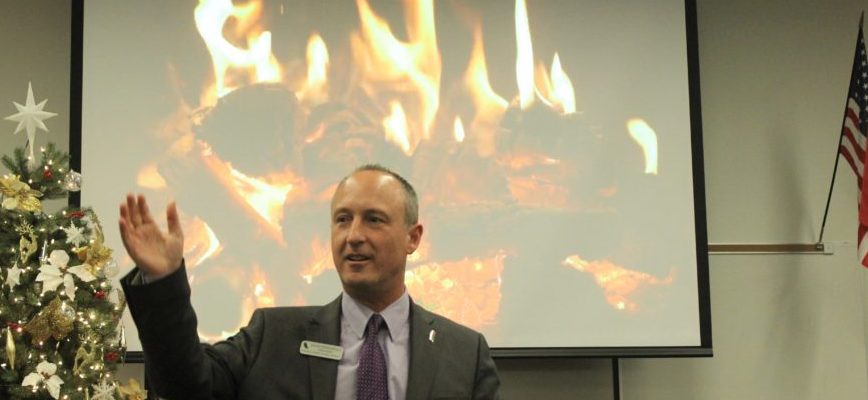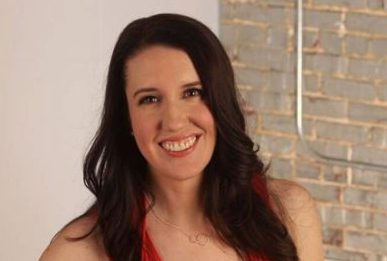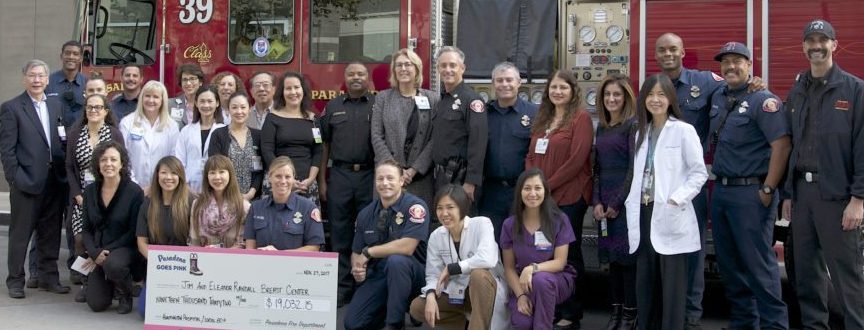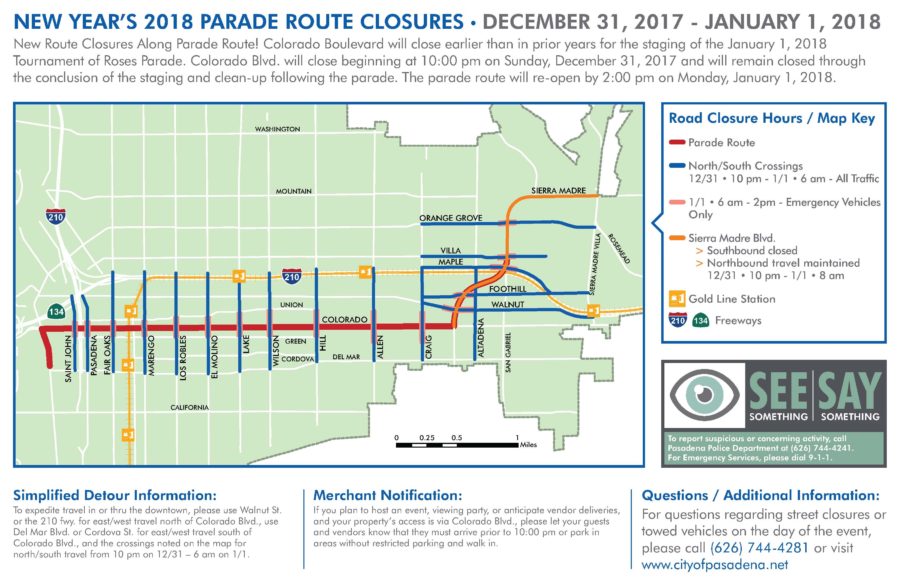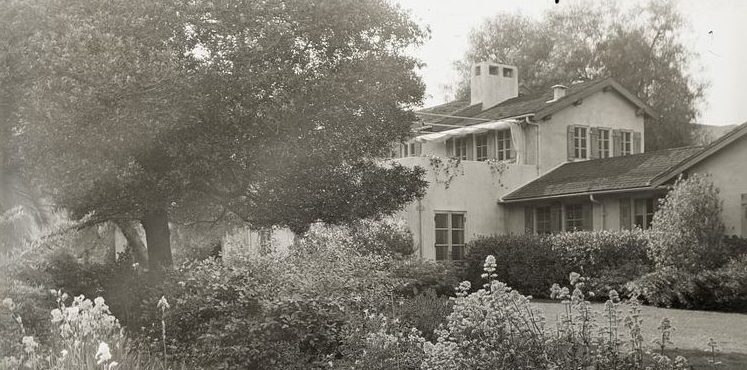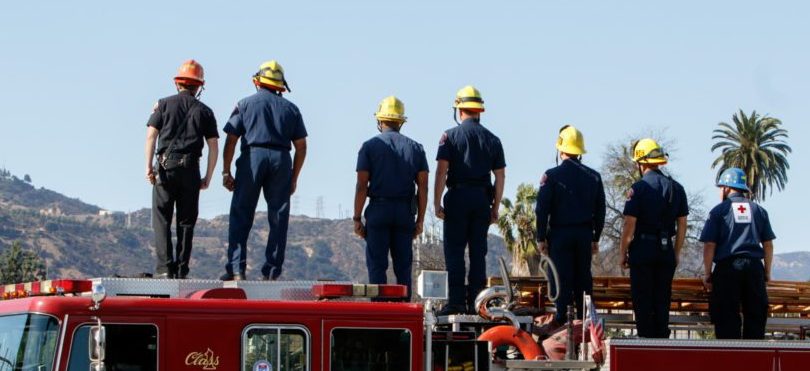
By Michael Tseng
The Arcadia Unified School District (AUSD) hosted its first ever Fireside Chat, an informational, holiday conversation about the changing landscape of education. The chilly air, sweet snacks, and decorated Christmas tree created the perfect atmosphere for a discussion on the school district’s greatest endeavor: Personalized learning. Hosted by Arcadia Educational Foundation (AEF) Vice President Sheldon Wright, keynote speakers like Superintendent David Vannasdall and Board of Education member Kay Kinsler were given the opportunity to explain the new educational initiative, and its potential and effects on future students.
In an ever-growing world of technology, the district seeks to ensure that its students will be able to adapt and succeed. To achieve this goal, AUSD has introduced personalized learning, a multi-step plan utilizing new record-keeping technology and methods for teachers to educate students. They plan to work with University of California professors and other school districts to fully integrate a digitalized system that be more objective compared to the current grading system. Instead of the basic GPA system that mostly determines test-taking ability, students will be evaluated through a portfolio, with each of their strengths, weaknesses, and accomplishments listed. Teachers will write their comments and feedback of students online, which will allow students and parents see them and adjust their study methods.
Superintendent Vannasdall discloses the topic further by saying, “What we want is for technology to operate in the background, and give adults better information on the direction and individual speed of each student so we can begin to personalize the lesson and pacing for each student. The key is that we want the teachers to still be in charge of the curriculum and responsible for that student’s learning.”

Board of Education member Kay Kinsler (left) talks about the potential of personalized learning while assistant superintendents Christina Aragon (middle left), Jeff Wilson (right), and superintendent David Vannasdall (middle right) dutifully listen. – Courtesy photo
The personalized learning program will start its pilot on Jan. 8, with thirty-two seventh grade students. A few years later, the district hopes that the program will expand and include all third to eighth graders in AUSD schools. Finally, the district hopes to cooperate with the University of California system and utilize personalized learning to ensure that all students can attend their colleges.
Although the district plans to begin implementing these systems as soon as possible, they face quite significant financial obstacles. The district already faces harsh budget cuts, and it will be difficult to implement this program as soon as possible. In 2015, Arcadia was one of the lowest funded school districts in the LA county, receiving only $6,800 per student, compared to Los Angeles Unified, which receives $8,967 per student.
Business services director Christina Aragon says that,
“We are receiving only adequate funding for each student, but we are not just an adequate school. Our funding is remaining stagnant and is not even keeping up with the local consumer private unit.”
To combat these obstacles, the school district hopes that it can fundraise more money by appealing to government legislators, and relying on the efforts of AEF and parent donations.
AUSD presents a bold yet uncertain endeavor, that has left the public wondering about the feasibility of this plan. In addition, the project will be a long-term investment, as it will take at least fifteen years before any effects can be seen.
However, despite the many challenges and obstacles that lay in wait, the AEF commission and AUSD faculty remain positive about the plan, and Dr.Vannasdall declares that “We are not only going to survive, we are going to thrive.”

